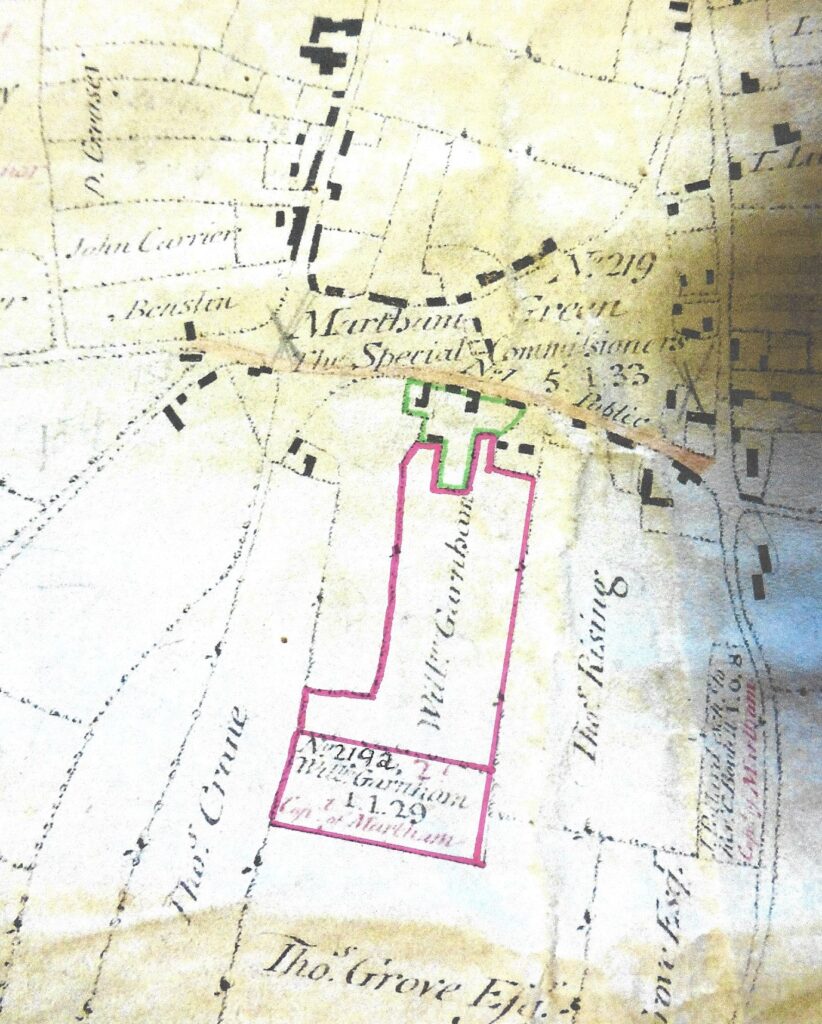Clarence Villa, The Green, Martham
Now called Martham Lodge Residential Care Home
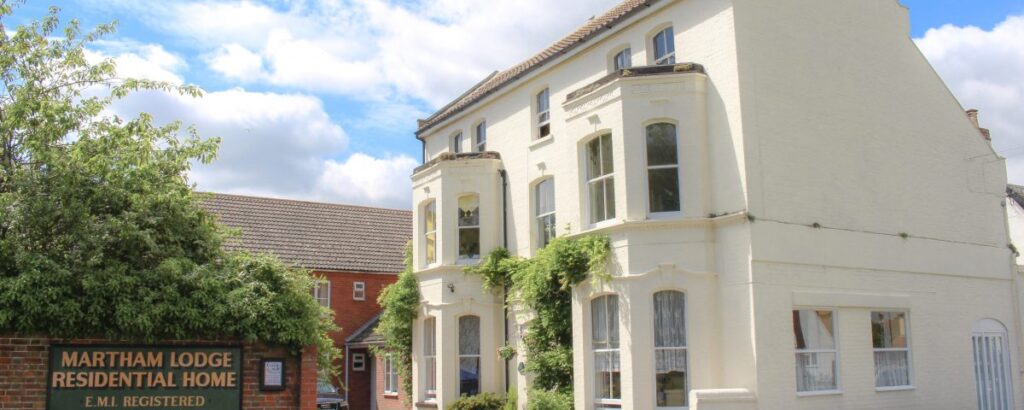
Clarence Villa is the former name of what is now Martham Lodge Residential Care Home on the south side of the Village Green. It stands as a rather incongruous three-storey house end on to the Green, out of place and style with its cottage neighbours.
The earliest pointer we get to the existence of a property on the site is from the 1812 Martham Inclosure Award. William John Garnham (1761 -1829) was the owner of just over nine acres of land that included three houses with outbuildings and gardens which he held freehold or copyhold from Martham Manor. The land is shown, outlined in pink and green, on the map below. The green area shows buildings that existed then and the one on the right is very much in the shape of the present building but probably precedes it as the existing property is thought to date to around 1880.
William was born in Martham and had become a grocer as early as 1802 according to local business directories. He was married to Susanna, nee Ivory, and they had six children three of whom were associated with the land shown on the map. Their son Robert (1790-1863) took over the grocer’s shop after his father died in 1829 whilst his brother Richard (1793-1873) became a farmer. A third son called John (1789-1872) had a career in the Royal Navy. Their father left the land he owned in 1812 to Robert and John as shown below at the time of the 1842 Martham Tithe Award. As it happens by 1842 John had built another house in Gorleston and lived there so it was his farmer brother Richard that farmed plots 175 and 179 whilst living at what had become plot 311, the site that was to have Clarence Villa built on it later.
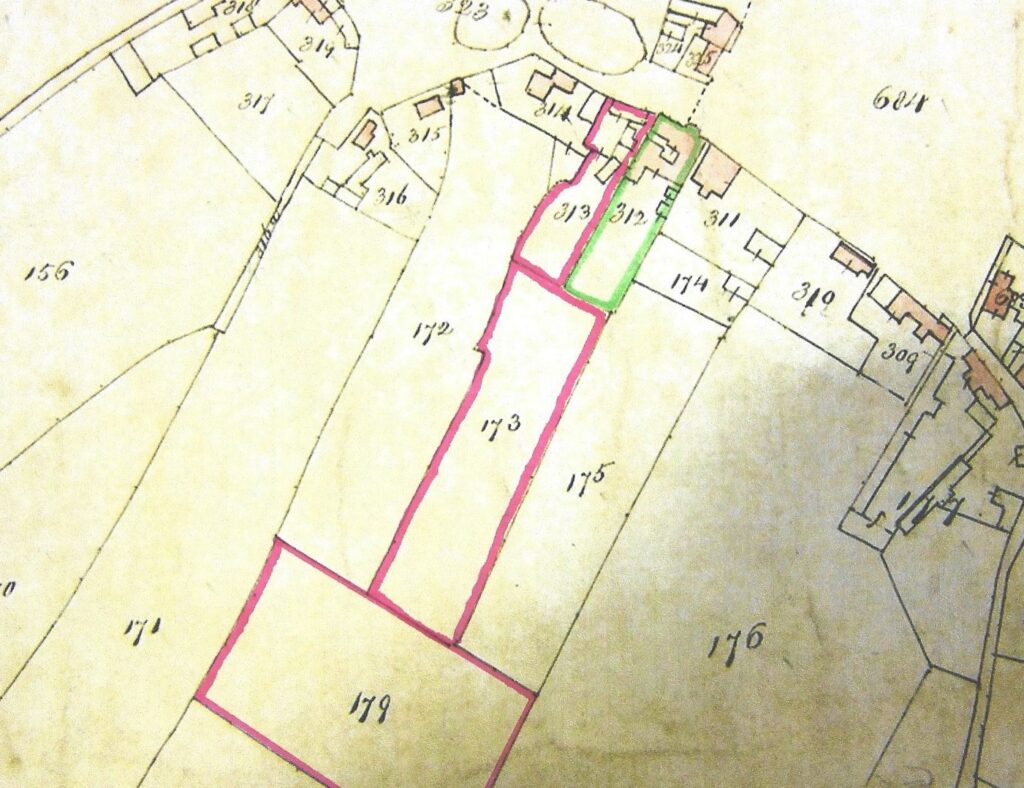
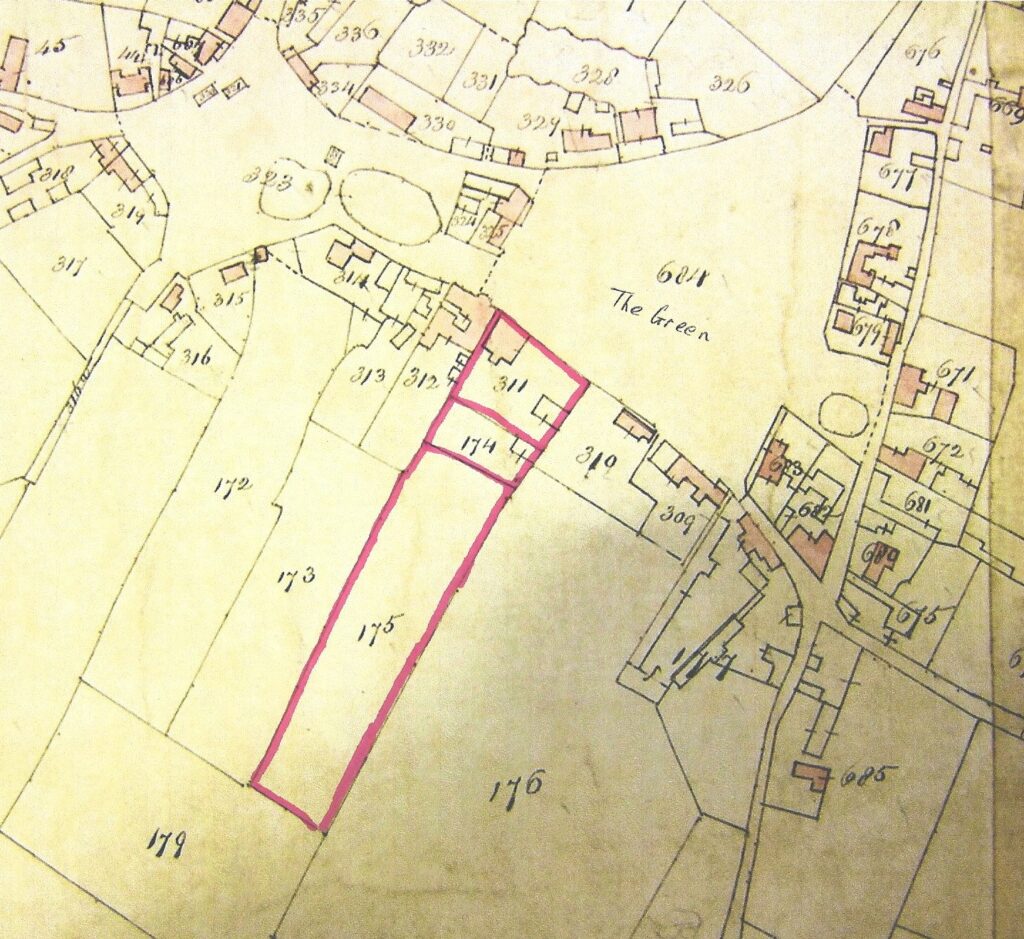
Plot 311 was occupied by his brother Richard.
Richard lived there until 1854 when he got married and moved to Great Bealings near Woodbridge in Suffolk where he died in 1873.
We now come to a mystery period in the history of the house and land between 1854 and 1891. During this period, the property was not named. None of the six Garnham children had any children of their own and ownership of the properties and land is unclear. It is not possible to identify the owners/occupiers in the 1861 to 1881 census returns. Indeed, it may be that the old house was in a poor state of repair and was unoccupied or had even been demolished.
We pick up the history again in 1891 by which time the villa we see today had been built, possibly in around 1880.
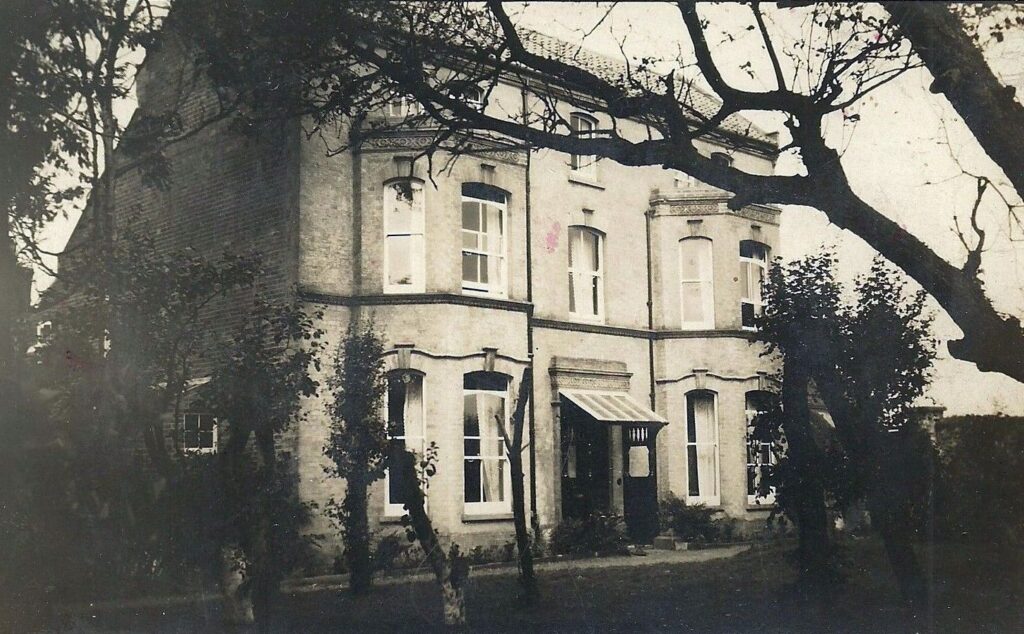
The census of 1891 tells us that the Reverend Henry Charles Ash lived there and it was clearly named Clarence Villa for the first time. Henry had been married since 1872 and was the vicar at Repps with Bastwick but lived at Clarence Villa right through to his death on 10th April 1929. Rev. Ash was buried at St Mary the Virgin in Martham on 16th April 1929 and his very tall monument can be seen at section H, plot A23 of the graveyard. It is shown on the right.
When the Reverend Ash died he made many legacies to family, servants and friends but most significantly and generously left Clarence Villa plus £7,000 to The London City Mission (LCM). The Mission was set up in 1835 in the Hoxton area of east London. Its aim was to “go to the people of London, especially the poor, to bring them to an acquaintance with Jesus Christ as Saviour, and to do them good by every means in their power.” (1)
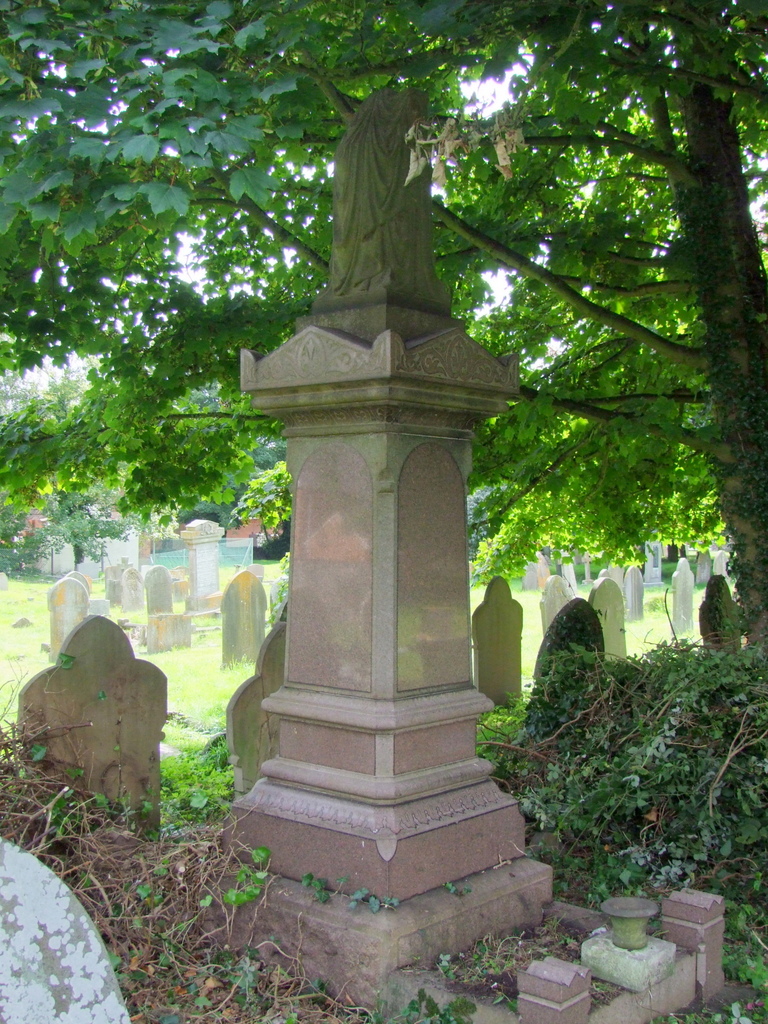
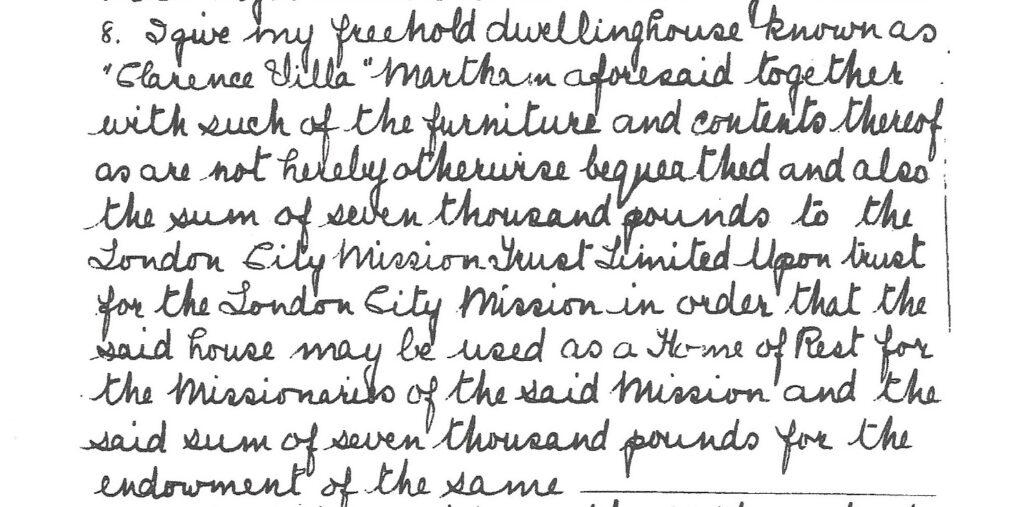
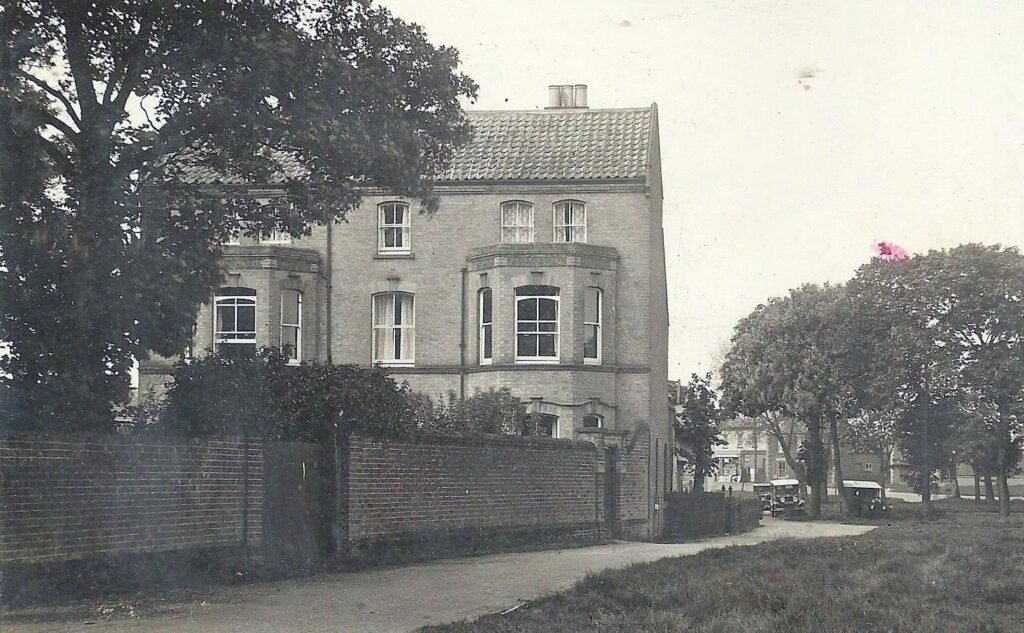
Mrs. McGough from Croydon, London has provided recollections of visits to the Villa which provide charming reflections of life there in the 1930’s. She wrote:
“The LCM owned several houses which were used for holidays for missionaries working in difficult and deprived areas of London and for convalescence after illness. The LCM magazine in 1935 quotes a missionary as follows:- ‘I am writing to thank you for the opportunity you gave me to spend a few weeks at the home in Martham, after my long and painful illness. I am pleased to tell you that my stay there has done me a lot of good. The recovery to health has been wonderful and I am glad to say I am now feeling very well and am fit to carry out my beloved work again’.
Another missionary wrote ‘We had ideal weather, and the fresh fruit & vegetables from the garden of the Home were a constant source of pleasure and delight, while the visit to the Broads was an experience never to be forgotten. We all enjoyed very much the homely, free, easy atmosphere of the Home & the kindness shown to us by the staff was much appreciated.’
In 1937, 41 missionaries & 33 wives stayed at Clarence Villa. In 1934 the Martham home was described as having excellent lawns for games, pleasant flower gardens and over an acre of paddock in which the missionaries’ children may play with safety & comfort.
Bathing facilities have been provided at the coast. One missionary wrote to say how much he appreciated the free and easy atmosphere at Clarence Villa and that the matron Mrs Musgrave* knew how to cook. Clarence Villa and the bungalow at Hemsby were both sold in 1946. Most of the homes had been given or bequeathed to the LCM but upkeep was expensive so they only have a couple of homes now.
My grandfather took his family to Martham several times in the 1930s. After his death, his sister was able to give me some information. She told me they travelled to Norfolk by train but my father and his brother cycled there. They stayed in a big white house, double fronted called The Mill. (I think this was the Granary next to Clarence Villa). The girls shared a room and the boys were in the flour loft sleeping on flour sacks. There was a two-seater toilet in the garden. The children were only allowed into Clarence Villa for morning prayers to give their parents peace and quiet. They went for evening walks in the churchyard. Most of the missionaries were Baptists and one of the little girls went to church with Grandpop & Grandma and said afterwards that all the little boys wore dresses (i.e. the choirboys) and the people talked as if they were singing. My father played the organ in the parish church. There were outings to the beach at Hemsby where the LCM had a bungalow. The women went by train and the men and boys cycled. Shrimps were caught in the sea and cooked later in the sands. The family were friendly with Jean Bracey, described as the miller’s daughter and she is on several of the photos. One day on the way to Hemsby the party stopped at a farm and had milk straight from the cow, which nobody liked.”
*Adah Jane Musgrave and her husband Benjamin were listed in the 1931 register of electors for Martham as being resident occupiers.
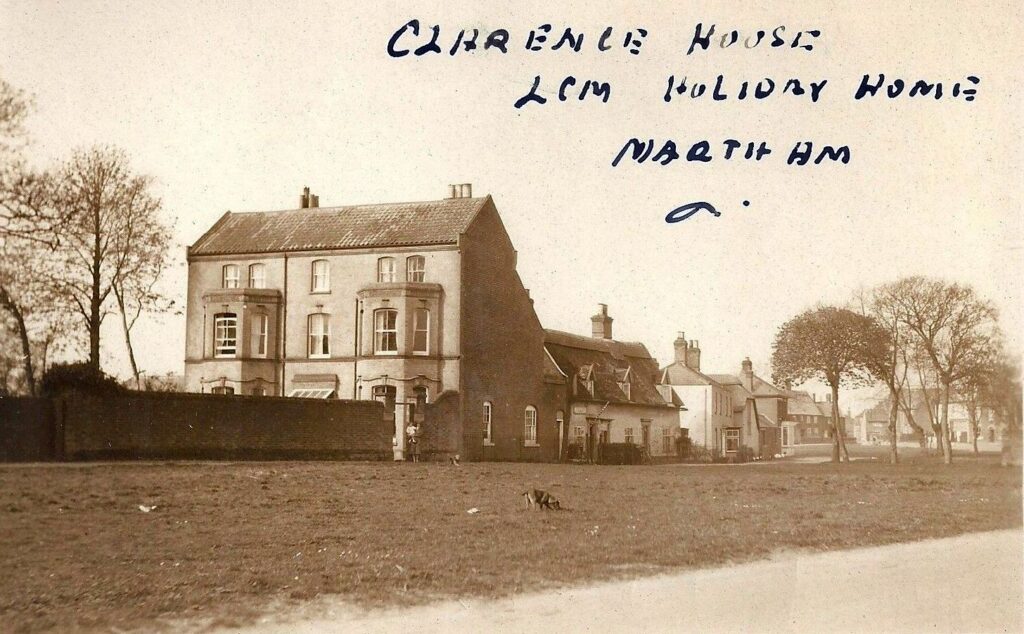
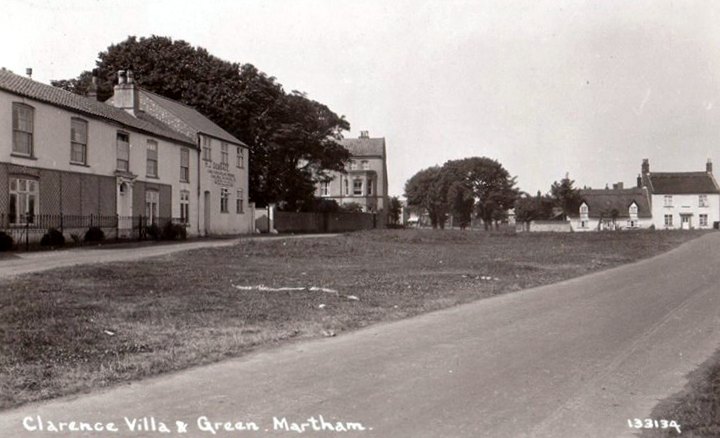
The villa was sold by the London City Mission in 1946 to the Eastern Electricity Board and they had a showroom there managed by Mr Brighton. They sold the usual range of electrical goods and people could pay their electricity bills at the office. They also had a small workshop where repairs were carried out by Fred Dyble.
In September 1959 the Electricity Board closed its shop and the premises were sold to Frank Short. He was a hairdresser and turned one of the front rooms into a barbershop. He had three sons, Victor, Ronnie and Nevell. At one time Ronnie was a postman in Martham and later followed in his father’s footsteps taking over the business when his father died in 1969. In a bit of diversification, they also sold fishing tackle.
In January 1980 the building was sold by the Shorts to Ray & Patricia Dickinson who traded there as Anglian Industrial Gloves providing work wear and industrial clothes. They carried out substantial repairs and restoration to the building before selling it to the next owners who turned it into a residential care home for the elderly.
Pat tells a fascinating story of how sometime around 1987/88, when they sold it, an elderly gentleman knocked on her front door and told her that he used to live in the house as a boy. After inviting him in to look round he said he was well into his 70’s and that his mother had been a housekeeper to the Reverend Ash. He recalled sliding down the bannisters when he was a boy and that the cloakroom which was at the end of the entrance hall opposite the front door used to be his mother’s pantry. It turned out that he was Henry Clarence Mace (born 1910), the son of Edgar & Florence Mace. His mother was indeed a housekeeper to Rev. Henry Ash and he left her a small endowment in his will as well as naming Edgar as one of his executors. The couple must have had great respect for Reverend Ash as they appear to have named their son after him and Clarence Villa.
The building is currently (2020) owned by Hollyman Care Homes. The original Victorian house has had a new wing added to provide for 20 residents and has a beautiful south facing garden with lawns, raised flowerbeds with a variety of flowers, shrubs and trees which was once the land owned by William Garnham, then his son John and farmed by his son Richard.
(1) https://en.wikipedia.org/
